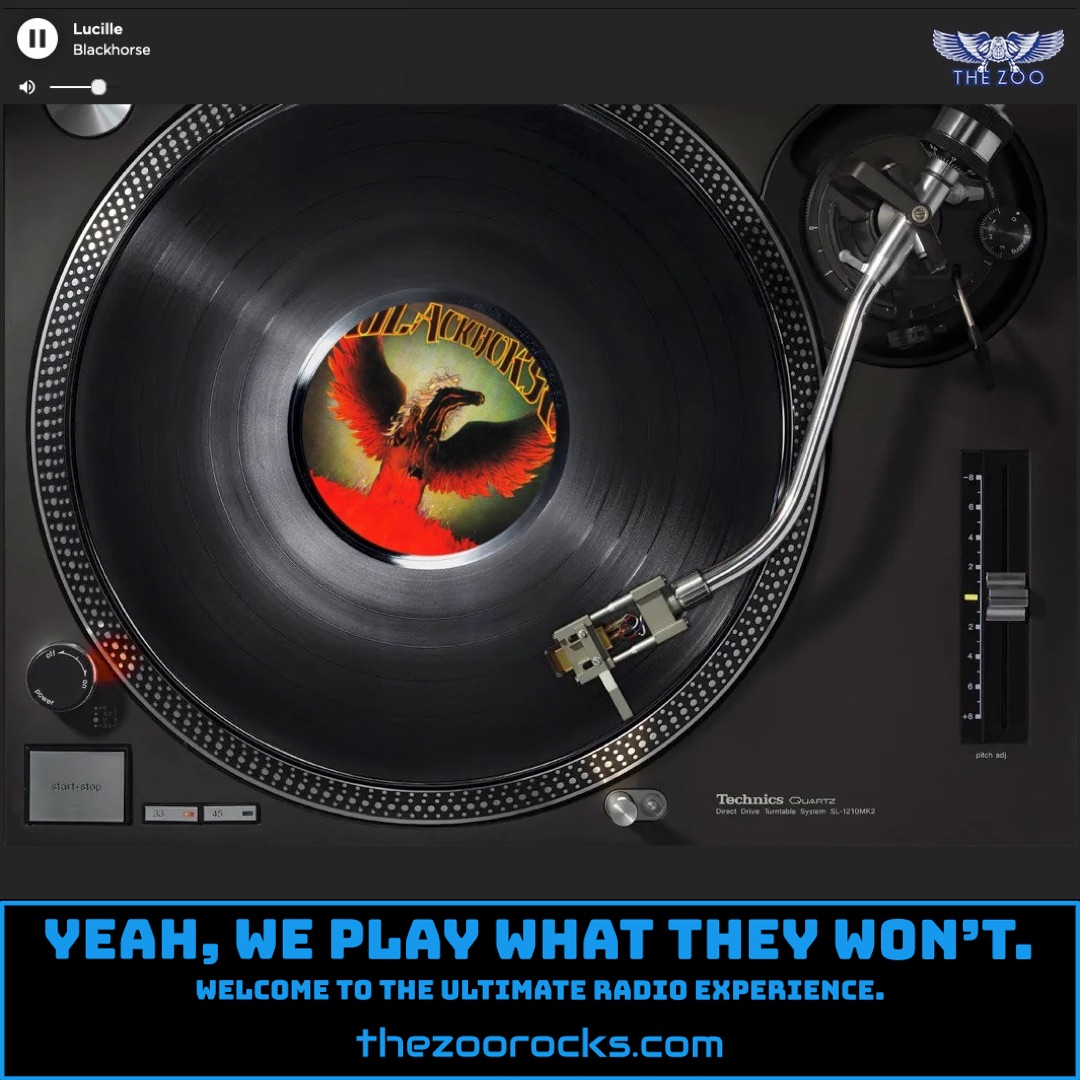Tell It
ZZ Top
The Zoo Crew is spinning "Tell It" by ZZ Top from their 1990 album Recycler, and the Zoo Freaks are surely grooving to its bluesy, synth-infused vibe. This track, while not a chart-topping single like "Doubleback" or "My Head's in Mississippi" from the same album, captures ZZ Top's signature blend of gritty guitar riffs and playful lyrics. In a 2008 interview with Billy Gibbons, he revealed that Recycler's recording process saw the band initially leaning into the polished, sequencer-driven sound of their prior albums Eliminator and Afterburner. However, during sessions in Memphis, they ditched the high-tech gear for a raw, live-band setup, jamming in a circle to recapture their early blues roots. This shift influenced tracks like "Tell It," which carries a looser, more organic feel reminiscent of their 1970s work, despite its subtle synth undertones.
Delving into the trivia surrounding "Tell It," the song reflects ZZ Top's knack for sly storytelling, with lyrics that hint at their tongue-in-cheek humor, a hallmark of their catalog. While specific anecdotes about "Tell It" are scarce, Gibbons has often shared in interviews, such as one with Songfacts, that the band's songwriting draws from their Texas upbringing and love for the blues. The Recycler album, including "Tell It," marked a transitional moment for ZZ Top, as they balanced their 1980s pop-rock fame with a return to their blues origins, a move that didn’t fully resonate with fans accustomed to the MTV-friendly sheen of their prior hits. On social media, fans on platforms like the ZZ Top Facebook page often celebrate Recycler for its heavier guitar sound, with some calling "Tell It" an underrated gem that showcases Dusty Hill’s driving basslines.
ZZ Top began in Houston, Texas, in 1969, when guitarist and vocalist Billy Gibbons, already a seasoned player from his psychedelic rock band Moving Sidewalks, teamed up with bassist Dusty Hill and drummer Frank Beard. Gibbons, inspired by blues legends like John Lee Hooker and Muddy Waters, as noted in a bio on Britannica, formed the trio after his earlier band opened for Jimi Hendrix, who famously praised Gibbons as one of America’s best young guitarists on The Tonight Show. Hill and Beard, who had played together in the band American Blues, brought a tight rhythm section to the mix. The band’s name, as Gibbons explained in his book Rock 'n Roll Gearhead, came from spotting a concert poster for ZZ Hill and tweaking it to ZZ Top, evoking the “top” of the blues hierarchy. Their debut, ZZ Top’s First Album (1971), laid the groundwork for their raw, blues-rock sound, which evolved into the iconic hits of Tres Hombres (1973) and later the synth-driven success of Eliminator (1983).
Over five decades, ZZ Top built a legacy with their unmistakable beards (ironically, drummer Frank Beard is often clean-shaven), Texas swagger, and genre-blending sound. After Dusty Hill’s passing in 2021, Elwood Francis stepped in as bassist, keeping the band’s live performances alive, as highlighted on their Instagram. Fans can connect with ZZ Top through their official website, Facebook, Instagram, and X accounts, where they share tour updates, merchandise, and nods to their storied career. For deeper fan engagement, the ZZ Top Fans Facebook group offers a space for Zoo Freaks to discuss albums like Recycler and share concert memories. Additionally, fan sites like DaveGott.com provide detailed discographies and album insights, perfect for diehard enthusiasts tuning into THE ZOO’s airwaves.

